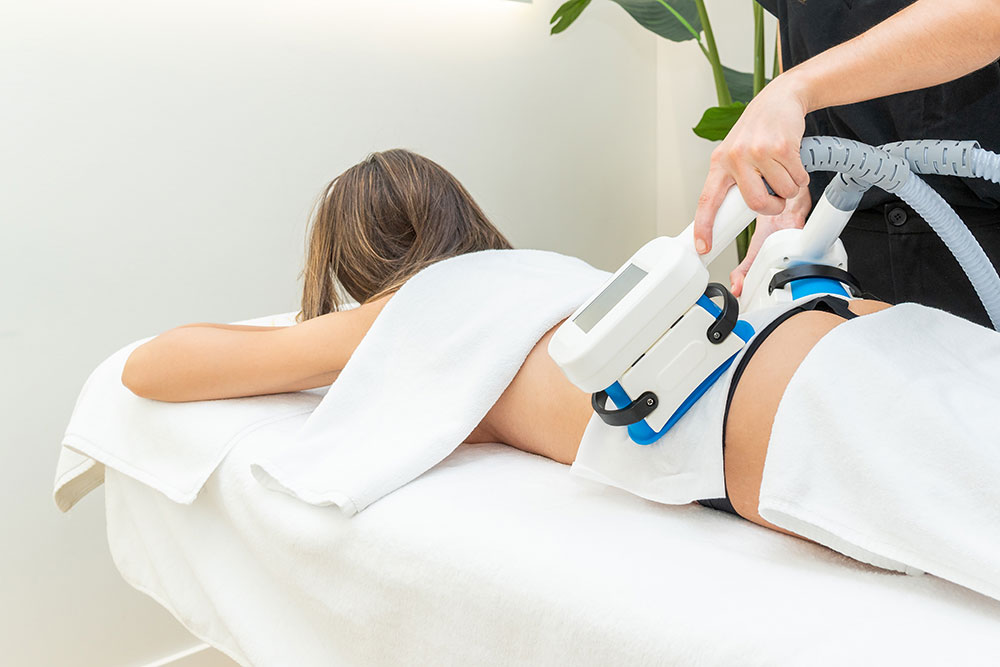Cryolipolysis, also known as "fat freezing" or "CoolSculpting," is a non-invasive cosmetic procedure used to reduce localized areas of fat on the body. The treatment involves the use of a specialized machine that targets and freezes fat cells, causing them to die off and be naturally eliminated by the body over time.
What is Cryolipolysis?
Cryolipolysis is a non-surgical fat reduction procedure that targets stubborn fat deposits that are resistant to diet and exercise. This innovative technique involves the application of controlled cooling to freeze and ultimately eliminate fat cells, without causing damage to the surrounding tissues.
How Does a Cryolipolysis Machine Work?
A cryolipolysis machine works by using suction to draw the target area of the skin between two cooling panels. These panels then cool the fat cells to a temperature that triggers their natural death, without harming the skin or surrounding tissue. Over time, the body eliminates the dead fat cells through its natural processes.
Benefits of Cryolipolysis
- Non-invasive and no downtime
- Targeted fat reduction
- Natural-looking results
- No anesthesia or needles
Risks and Side Effects of Cryolipolysis
While cryolipolysis is generally safe, some potential risks and side effects may include temporary redness, swelling, bruising, skin sensitivity, and localized pain at the treatment site. These effects are typically mild and resolve on their own within a few weeks.
Preparing for a Cryolipolysis Treatment
Prior to a cryolipolysis session, it's advisable to consult with a qualified practitioner who can assess your candidacy for the procedure and provide personalized recommendations. Patients are usually advised to stay hydrated and maintain a healthy lifestyle to optimize the results of the treatment.
What to Expect During a Cryolipolysis Session
During a cryolipolysis session, the treatment area is exposed to controlled cooling, which may cause a sensation of cold and slight pulling or tugging. Patients often find the procedure comfortable enough to read, work on their laptops, or even take a nap during the session, which typically lasts about one hour per targeted area.





Comments